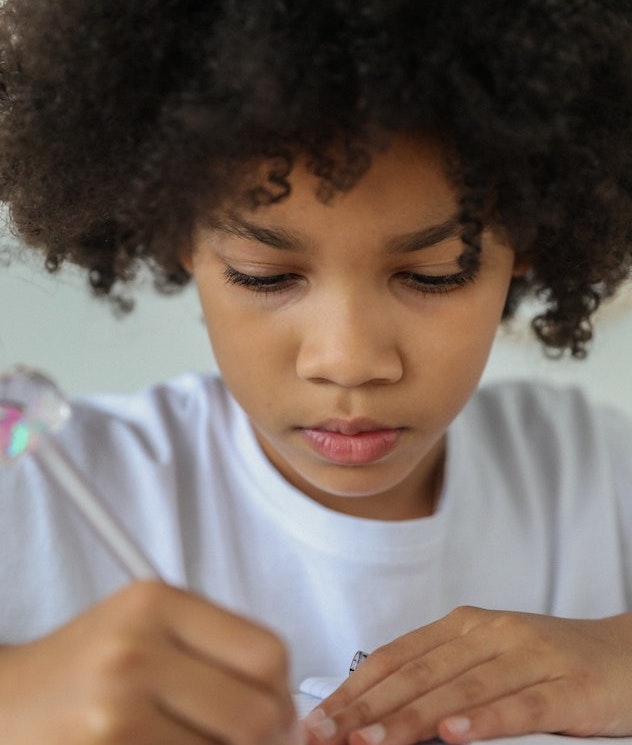
How to Get the Right IEP or 504 for Your Child’s Learning Disabilities
It can be tough for any parent to get the special education services their kids need, but it’s especially tricky for Black and Hispanic parents. Read more >>
Request an Appointment
English: 650.688.3625
Medi-Cal: 650.688.3650

How to Get the Right IEP or 504 for Your Child’s Learning Disabilities
It can be tough for any parent to get the special education services their kids need, but it’s especially tricky for Black and Hispanic parents. Read more >>

Why Is It Important to Talk About Race and Racism?
When we teach kids early on that it’s OK to talk about race, we help them to understand, respect, and appreciate the differences between people. This builds empathy and compassion for others so that kids are better able to see when things Read more >>

It’s Never Too Early to Talk With Children About Race
Infants as young as six months old can recognize differences in skin color. By age two and a half, research has shown, children prefer playmates who are similar in race and gender. And as early as age three, they are Read more >>

When I was a special education teacher, my colleagues and I recommended that a Black girl receive special education services because she had difficulty reading. However, her mother disagreed. When I asked her why, she explained that she, too, was Read more >>
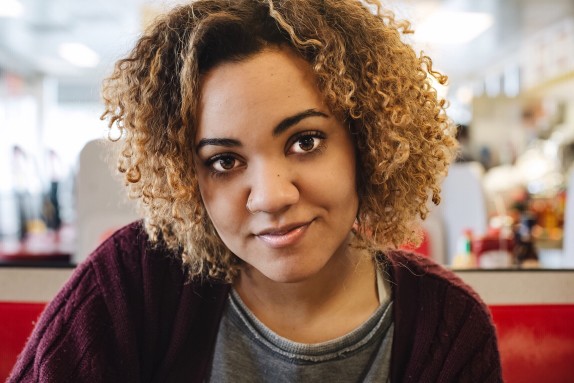
BIPOC Mental Health Trends and Disparities
Even though mental health experiences are unique to each person, there are a few trends within the BIPOC community that highlight similar disparities and barriers throughout each ethnic group. Read more >>
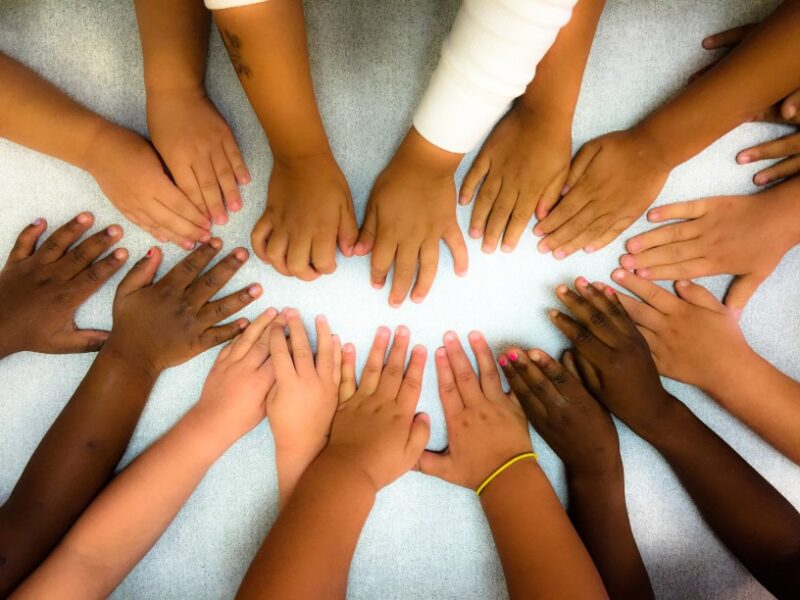
Teaching Kids to Respect Diversity: Here’s What to Know
As our society becomes more diverse, children are increasingly exposed to people from different backgrounds and cultures. It is only natural that young children wonder about those who are different from them in some way, so it’s important to teach Read more >>
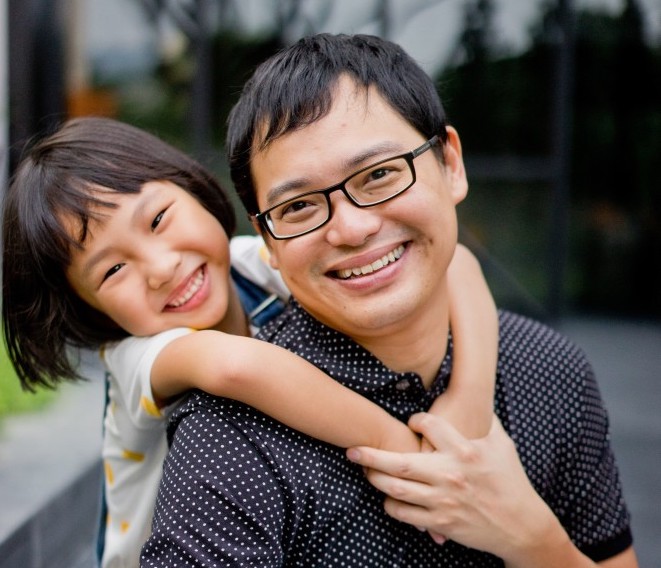
4 Easy, Everyday Ways to Teach Your Kids About Representation
What children are exposed to early on shapes them forever, and that’s certainly true when it comes to diversity and acceptance. Parents basically have a decade-ish to fundamentally influence how their children view and value diversity, while living within a Read more >>
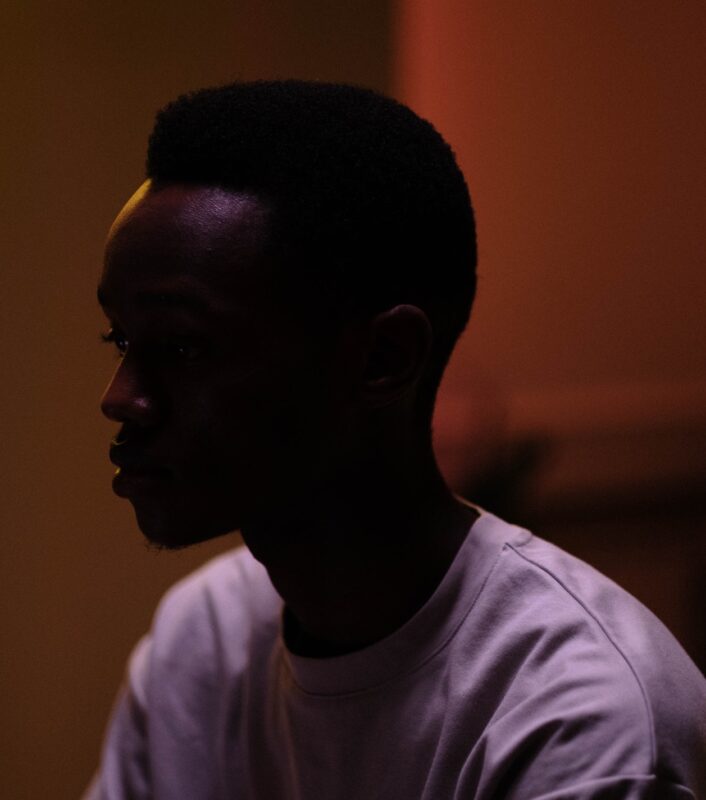
Breaking the Cycle of Silence Around Black Mental Health
Data shows that Black youth are especially prone to develop mental health issues but less likely to seek out or receive the specialized services and care they need. Read more >>

With a Diagnosis at Last, Black Women with ADHD Start Healing
Miché Aaron has always been a high achiever. The 29-year-old is in her third year of a planetary sciences doctoral program at Johns Hopkins University, where she researches minerals found on Mars. She’s a former NASA space grant scholar and Read more >>
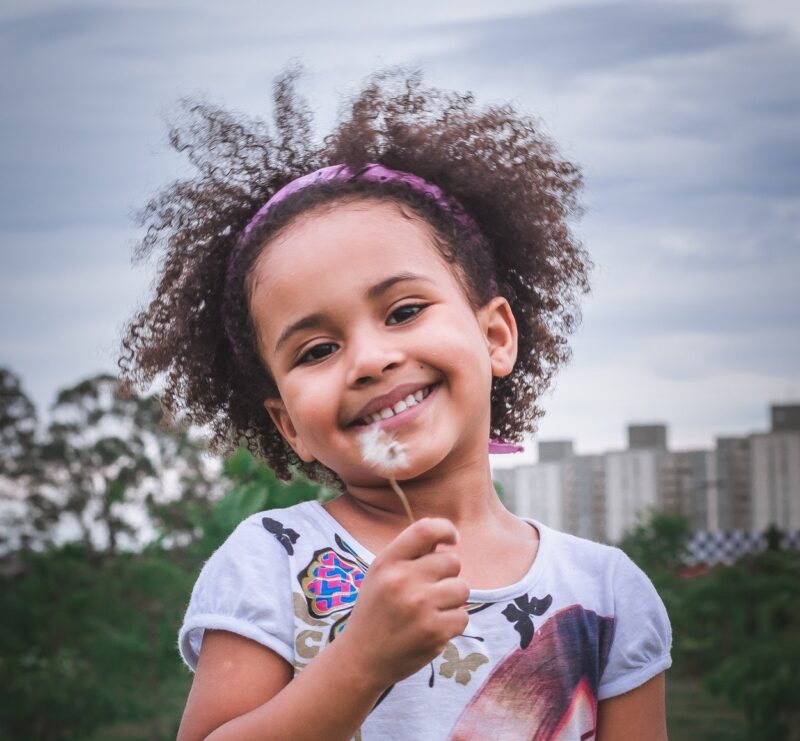
PBS: Talking to Young Children About Race and Racism
Children are never too young to learn about diversity. As young as 3 months old, they may look differently at people who look like or don’t look like their primary caregivers. As parents and caregivers, we must have confidence in Read more >>
English: 650.326.5530 | Español: 650.688.3650 | Fax: 650.688.3669
English: 650.326.5530
Español: 650.688.3650
Fax: 650.688.3669
English: 650.668.3625 | Español: 650.688.3650 | careteam@testing.chconline.org
English: 650.668.3625
Español: 650.688.3650
careteam@testing.chconline.org
© 2024 Children’s Health Council. All rights reserved.
CHC Palo Alto: 650 Clark Way, Palo Alto, CA 94304 | 650.326.5530
CHC South Bay: 2280 Kenwood Avenue, San Jose, CA 95128 | 408.831.7512
CHC Ravenswood: 1765 E Bayshore Rd, East Palo Alto, CA 94303 | 650.702.2487
CHC Palo Alto:
650 Clark Way, Palo Alto, CA 94304
650.326.5530
CHC South Bay:
2280 Kenwood Avenue, San Jose, CA 95128
408.831.7512
CHC Ravenswood:
1765 E Bayshore Rd, East Palo Alto, CA 94303
650.702.2487